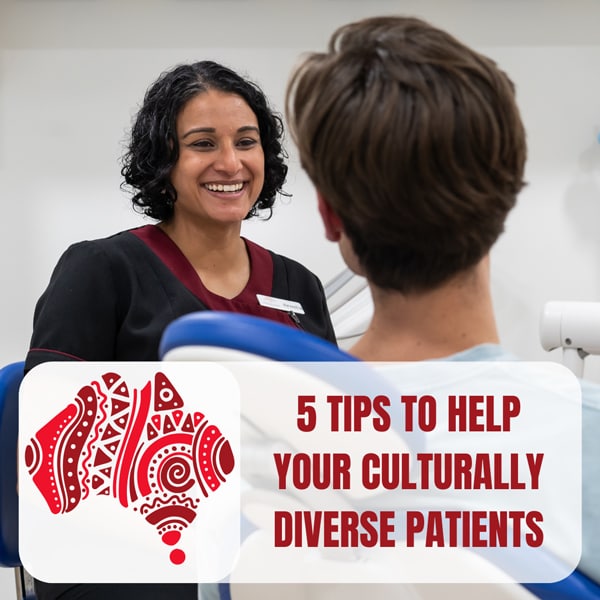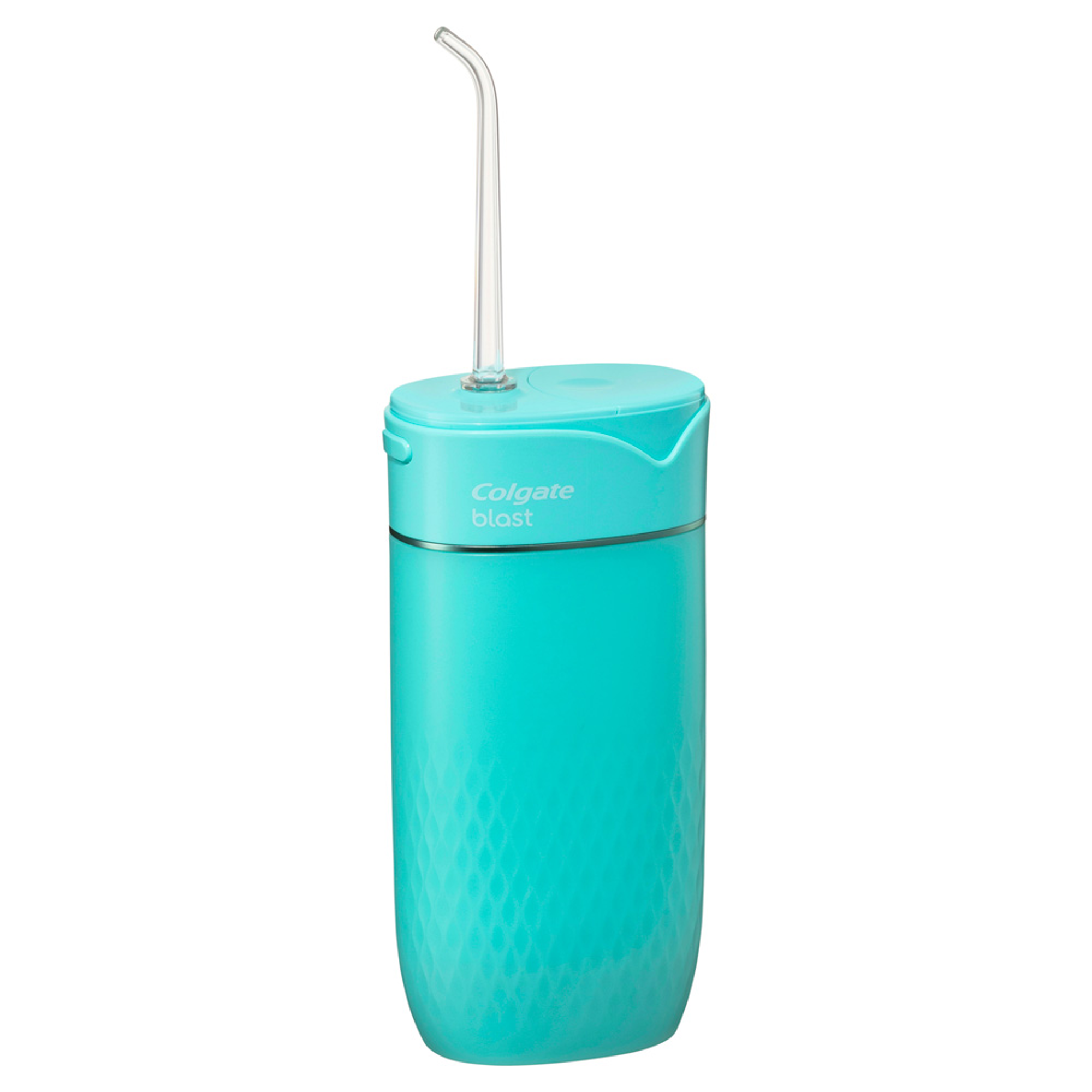
What is your cultural lens? We use our cultural lens to create perspective, and to make sense of the world we live in. Our lenses are influenced by our cultural background, beliefs, values and experiences (Herselmen, 2007).
Like fingerprints, our lenses are unique to us. Some of us hail from Asian and subcontinental backgrounds that are ‘We’ cultures, akin to the Australian Aboriginal and Torres Strait (ATSI) cultures. Others originate from ‘I’ cultures that exemplify the individual’s needs and role above all (Menon, 1999). In my effort to understand, and then teach, I needed to fill my knowledge deficits.
A need sparked a thought, and a notion inspired a conversation with a fellow Colgate Advocate, Dr Latisha Sykora who is a proud Mudburra/Jingili woman who now lives in Tarntanya (Adelaide). Latisha helped me connect and understand some of the nuances of working with our First Nations people as well as patients and workmates who hail from different backgrounds in a culturally safe way.
Here are five ways you could practice dentistry in this beautiful linguistically diverse and culturally eclectic land we live on. These five ways will not only help you help your ATSI patients, but create a more collaborative and effective practice for everyone.
Create a welcoming environment
How do you greet patients? Do your staff spend time talking with and connecting with people while they wait in reception? Welcome every patient like they are your relative. It shifts how you view your patients, and in turn helps build trust in you and your team.
Allocate enough time
Time is a social construct. As dental practitioners we work under tight schedules and stress if we run ‘overtime’ or ‘out of time’. In my practice, we are aware that some patients need more attention than others. Certain patients may occasionally run late for their appointments, need to talk and connect more, or forget their appointments. We note this so that the ones who run late or forget appointments are sent a reminder text or call them the day or the morning of their appointment. This is particularly important for our patients who live independently, but are in cognitive decline.
Make space for decision-making
Most people from an ‘I’ culture will prefer to decide how they receive their treatment as individuals. But some patients may want to collectively decide how to proceed with treatment by consulting their immediate or even extended family. Allow for inquisitiveness. Questions are not designed to test your authority or expertise. They are simply an exercise to help people understand so they make better choices for themselves. Sometimes what you consider to be the ‘best’ choice, may not be what people settle on. This is your patient’s right.
Accept delays in seeking treatment
Health is a complex issue. It is not just the absence of disease, but the collective wellbeing of a person and their kin. How many times have we had regular attenders disappear and reappear months or years past their recall, only to tell you how they spent their time caring for a close relative with a prolonged illness?
Practise Trauma-Informed Care
Some of our patients have a history of traumatic events that influence how they experience oral health care. As dental practitioners, we can interact sensitively with our patients by; a) asking if we can do anything to make people feel more comfortable; b) ask visibly distressed patients how they coped previously and incorporate these tools into their treatment; c) use ‘tell-show-do’ to help patients feel in control; d) use a signal such as hand-raising to get you to stop the procedure if medically safe to do so (Raja S, 2004).
If you have a patient that you are struggling to manage effectively through your cultural lens - don’t be afraid to ask for help or even refer to a colleague who may be more sympathetic or empathetic to their needs. No one can help everyone, although we can try our best.
In the spirit of reconciliation in the way that I view it through my cultural lens, I hope you find these five key points helpful to practice in a culturally meaningful and safe way.
Welcome every patient like they are your relative, spend time understanding their needs, allow people to consider their treatment options, be patient and give people time and space to reach decisions about their healthcare, practise trauma-informed care, and most importantly, if you struggle, ask for help. After all, we are all in this together.
References
Herselman, S. (2007). Health care through a cultural lens': insights from medical anthropology. Current Allergy & Clinical Immunology, 20(2), 62-65.
Menon, T., Morris, M. W., Chiu, C., & Hong, Y. (1999). Culture and the Construal of Agency: Attribution to Individual Versus Group Dispositions. Journal of Personality and Social Psychology, 76(5), 701–717. https://doi.org/10.1037/0022-3514.76.5.701
Raja, S., Hoersch, M., Rajagopalan, C. F., & Chang, P. (2014). Treating patients with traumatic life experiences: providing trauma-informed care. The Journal of the American Dental Association, 145(3), 238-245.
Watson, J., (2018). A century of activism and heartache: The troubled history of palm island. Griffith Review 60, 220–233.
Join us
Get resources, products and helpful information to give your patients a healthier future.
Join us
Get resources, products and helpful information to give your patients a healthier future.











